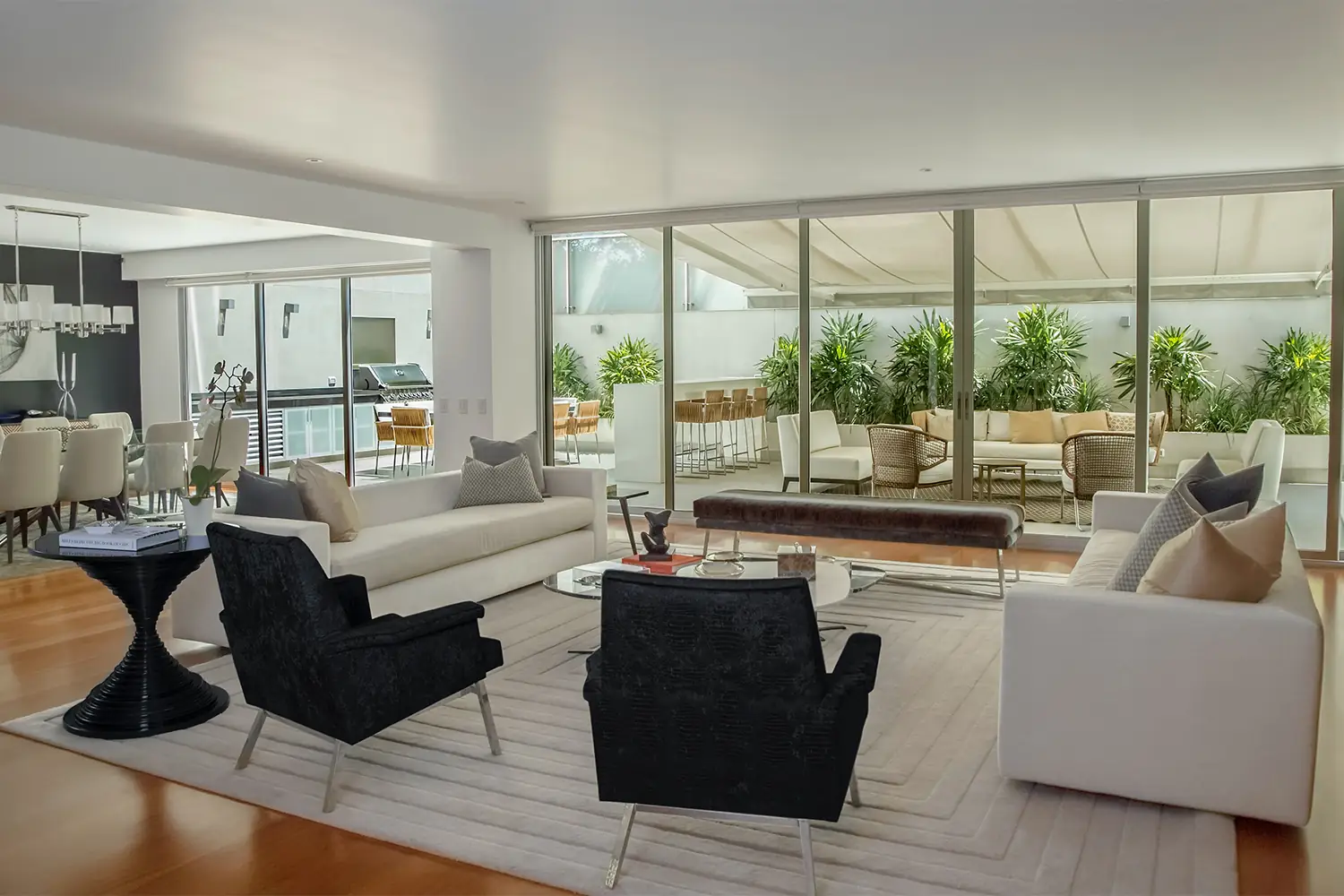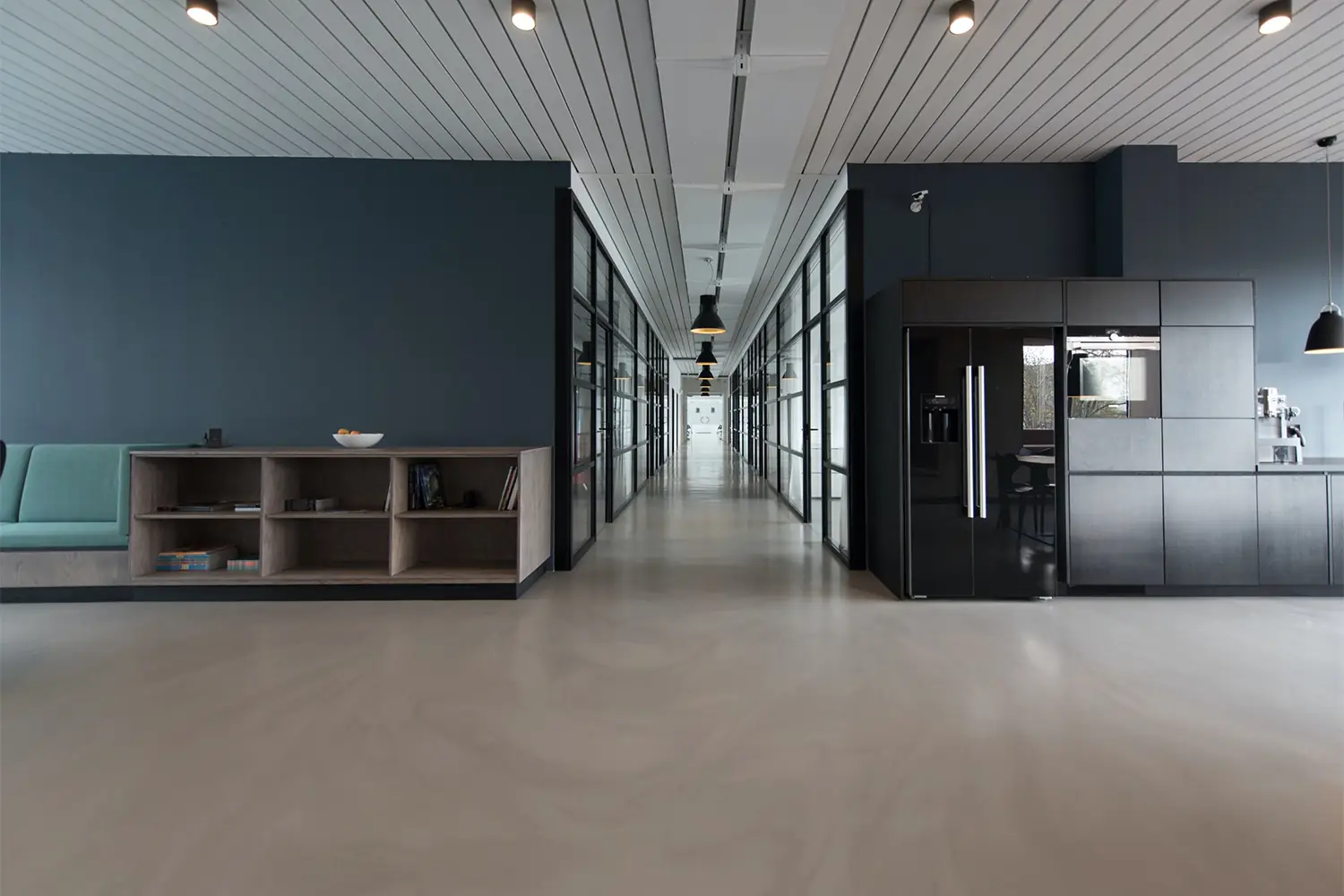The Importance of A+ Spaces
You don't have time to read? Now you can listen.
Over the past year, we have been documenting the emerging trends in the real estate market. This period was target of some of the greatest conceptual disruptions ever witnessed in the market, largely due to the impact of the pandemic. The pandemic has accelerated some trends, delayed others, but the crux here is that it has given way to completely new ones that have changed the landscape and culture of the real estate market - probably forever.
However, this change goes far beyond the simple conceptuality surrounding a certain type of assets. In fact, it's not enough for today's offices to have a co-working component and outdoor spaces, it's not enough for houses to have a great versatility of use and be more functional, nor is it enough for hotel assets to consist of an aesthetically appealing and functionally adapted architecture.
If there's anything we've learned from the emerging trends of the pandemic it's the need to create A+ rated spaces. The resulting revolution of real estate from this event was based on rethinking past concepts and the reinvention of many others. This phenomenon, more than ever, gave architecture an added importance. Spaces need to be increasingly sophisticated, functional, versatile and, above all, more timeless, modelled, etc. so that the saturation factor doesn't get to exist. The question that arises now is precisely how will all these changes be put into practice.

Photo by Alberto Castillo Q. in Unsplash
According to a study published between the world-renowned consultancy firm JLL and The Businesss of Cities, the performance and functionality of cities will become more important than ever for the start and full execution of these trends. It's certain that some cities will be far more successful than others in responding to the current COVID crisis, preparing for the climate emergency and capturing the economic and investment opportunities that arise in recovery cycles. But for what reasons do the two titans point to this factor?
The answer revolves essentially around City Governance - the way cities are managed, led and orchestrated. The so-called “century of cities” we live in today is largely dictated by the way cities are governed. By stretching governance capabilities to the limit, COVID-19 will act as a catalyst to separate the most successful from the least successful.

Photo by Jennifer Latuperisa-Andresen in Unsplash
The same principle applies to the mindset and management of various types of assets. When it comes to offices, companies now realize that they can certainly operate with less office space. But they also realized that they need a better, more resilient office space. Owners will have to differentiate themselves with additional services: here, the 'high-end' offices will not be from a luxury perspective, but from a content perspective - they need to be filled with services to help the tenants be more productive, be it with sustainability, well-being or digital technology solutions, as well as creating differentiated spaces, through themes and scenic situations that provoke positive emotions, which make them preferred spaces. And here comes the great importance of architecture for its creative function.
To justify its existence, the office will have to become a destination with a purpose, says David Gooderham, director of global accounts at WSP in London. "If people continue to be the driver of change, companies will have to provide safe working environments that increase the well-being factor and, on the other hand, productivity and creativity. There is a lot we can learn from this period to make the workplace better and our interactions with it more effective."

Photo by Nastuh Abootalebi in Unsplash
WSP believes the "hotelization" of office space will continue, with workplaces importing some of the home comforts we've become accustomed to. This can mean more relaxed dress codes but also use of strategic architecture and decor to make spaces more comfortable while helping to subtly create distance between people. «We need to think about furniture and other design solutions to create separation without losing the benefits of collaboration and team spirit. If offices have a future, people need to feel secure in them».
These principles in turn extend to other types of assets, such as residential, retail and hotels. These spaces need to be endowed with an innovative and effective architecture, whose added functionality will translate into greater comfort and well-being for people. The bar has certainly risen a lot, and this standard that has been reached - perhaps unconsciously - has leveraged renovation and repositioning works that have to be of very high quality.
The survival of these assets will be closely related to the execution of these changes. Due to the fact that perceived quality rises exponentially, it becomes a bit like a race against time when it comes to renovating these spaces. The A+ is no longer a luxury feature or quality representation, but an almost mandatory requirement for the success of these real estate assets. And whoever doesn't embrace this change will undoubtedly run into great difficulties.